Aeon Video has a monthly newsletter!
Get curated editors’ picks, peeks behind the scenes, film recommendations and more.
Evolution is not only about competition: the cellular origins of a very big idea
If the competitive nature of existence ever gets you down, you might want to consider one leading theory of how complex life came to emerge in the first place. The endosymbiotic theory of mitochondrial origin (also known as symbiogenesis) is one of the leading theories for the development of eukaryotes – the nucleus-containing cells that are the building blocks of all multicellular organisms. According to the theory, narrated here by the biologist Rob Lue of Harvard University, it was a symbiotic partnership between two primitive cells that allowed them to thrive, develop organelles for specialised tasks, and eventually give rise to complex new lifeforms. In other words, cooperation was key – and it remains so today.
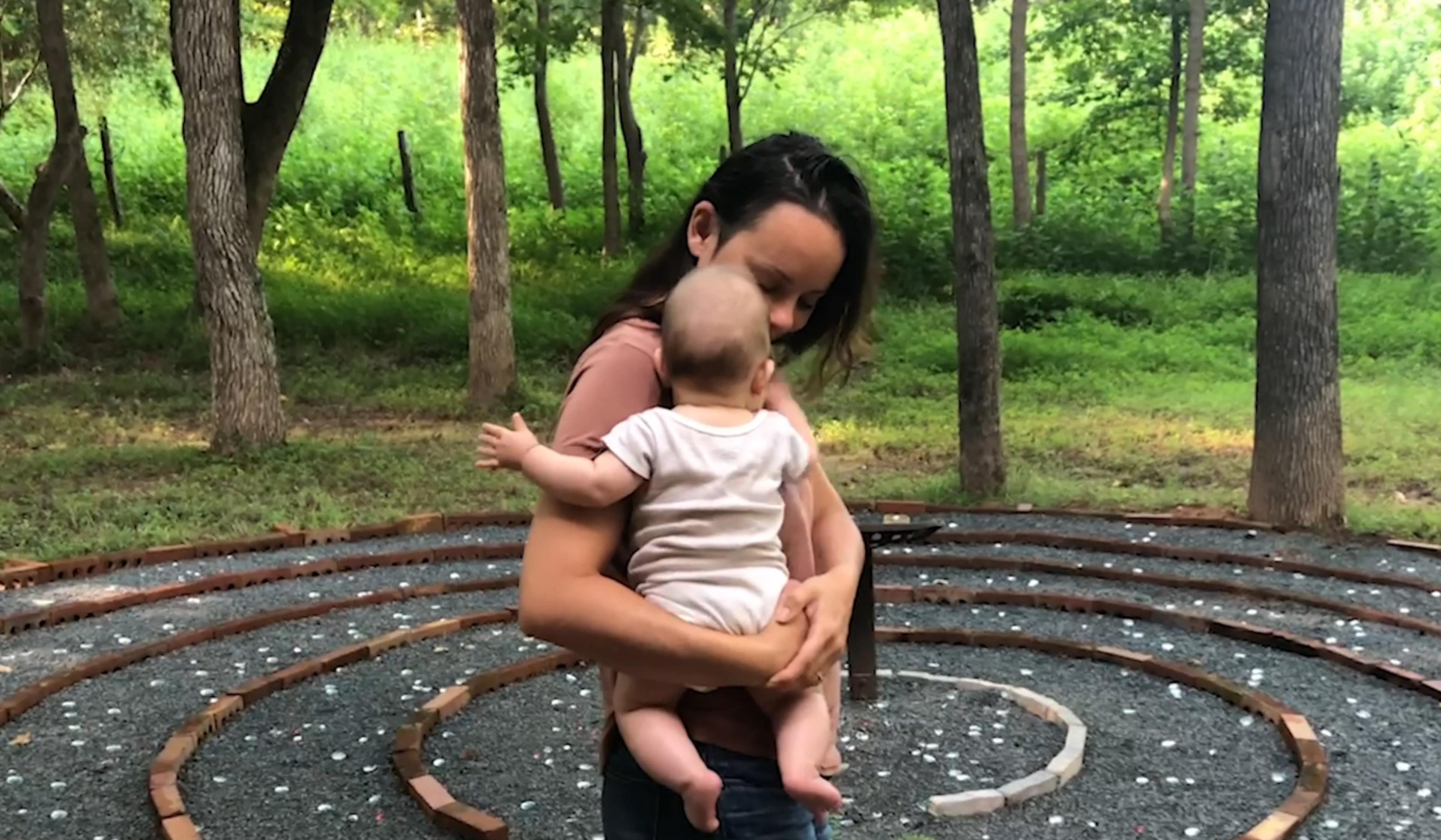
video
Biography and memoir
As her world unravels, Pilar wonders at the ‘sacred geometry’ that gives it structure
20 minutes
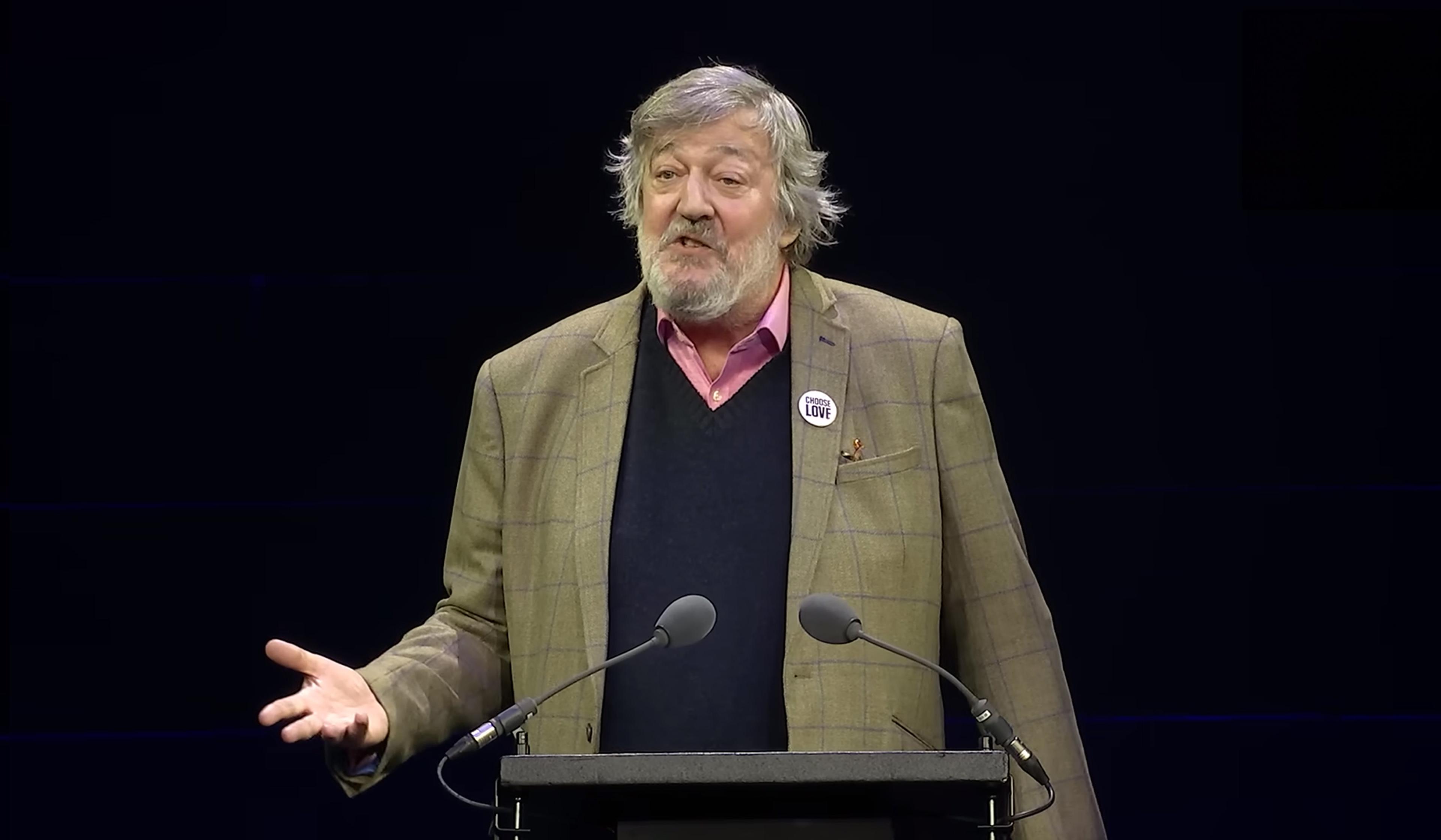
video
Meaning and the good life
Why strive? Stephen Fry reads Nick Cave’s letter on the threat of computed creativity
5 minutes

video
Physics
Find the building blocks of nature within a single, humble snowflake
4 minutes
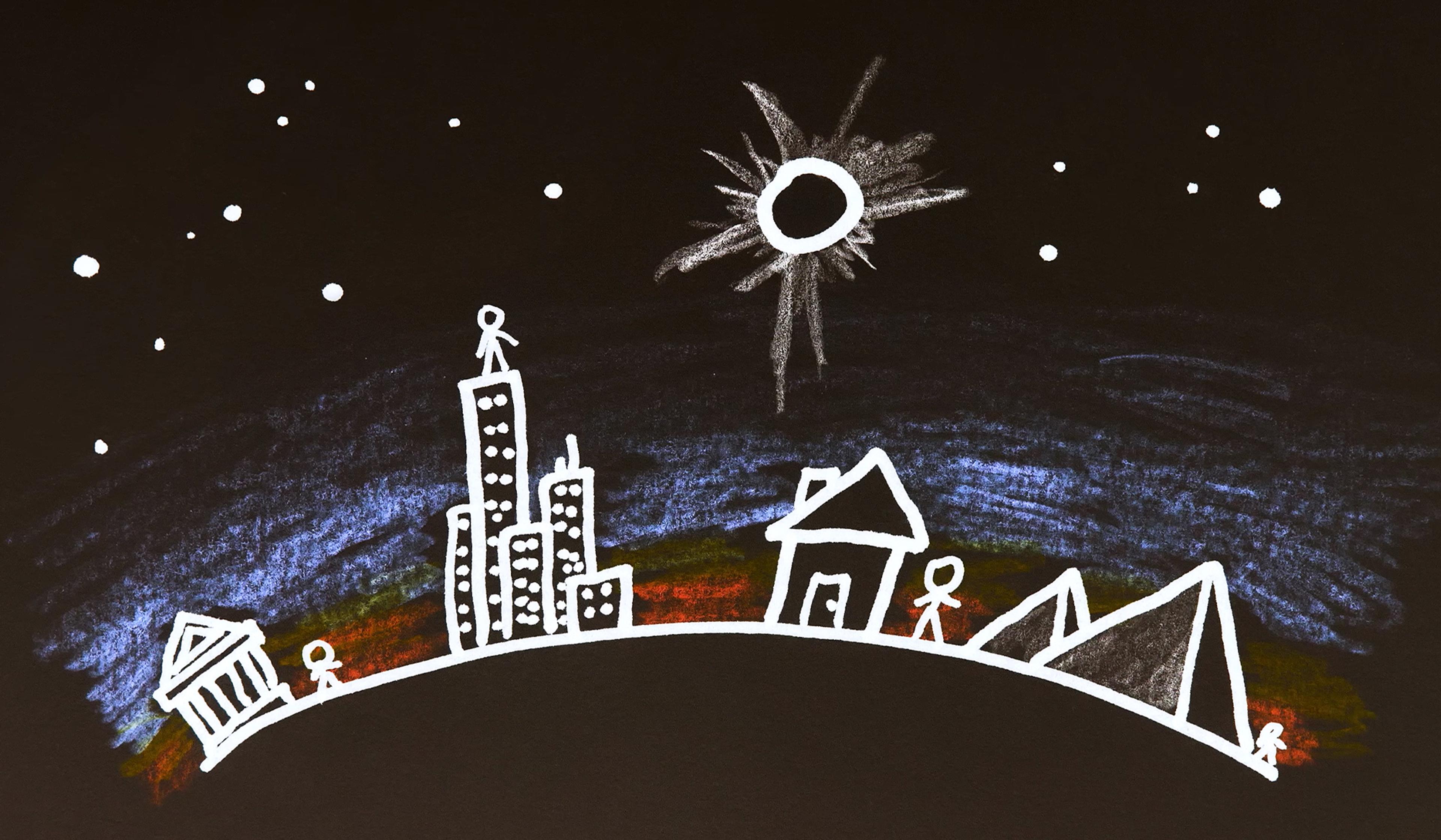
video
Physics
Why the golden age of total solar eclipses is already behind us
5 minutes
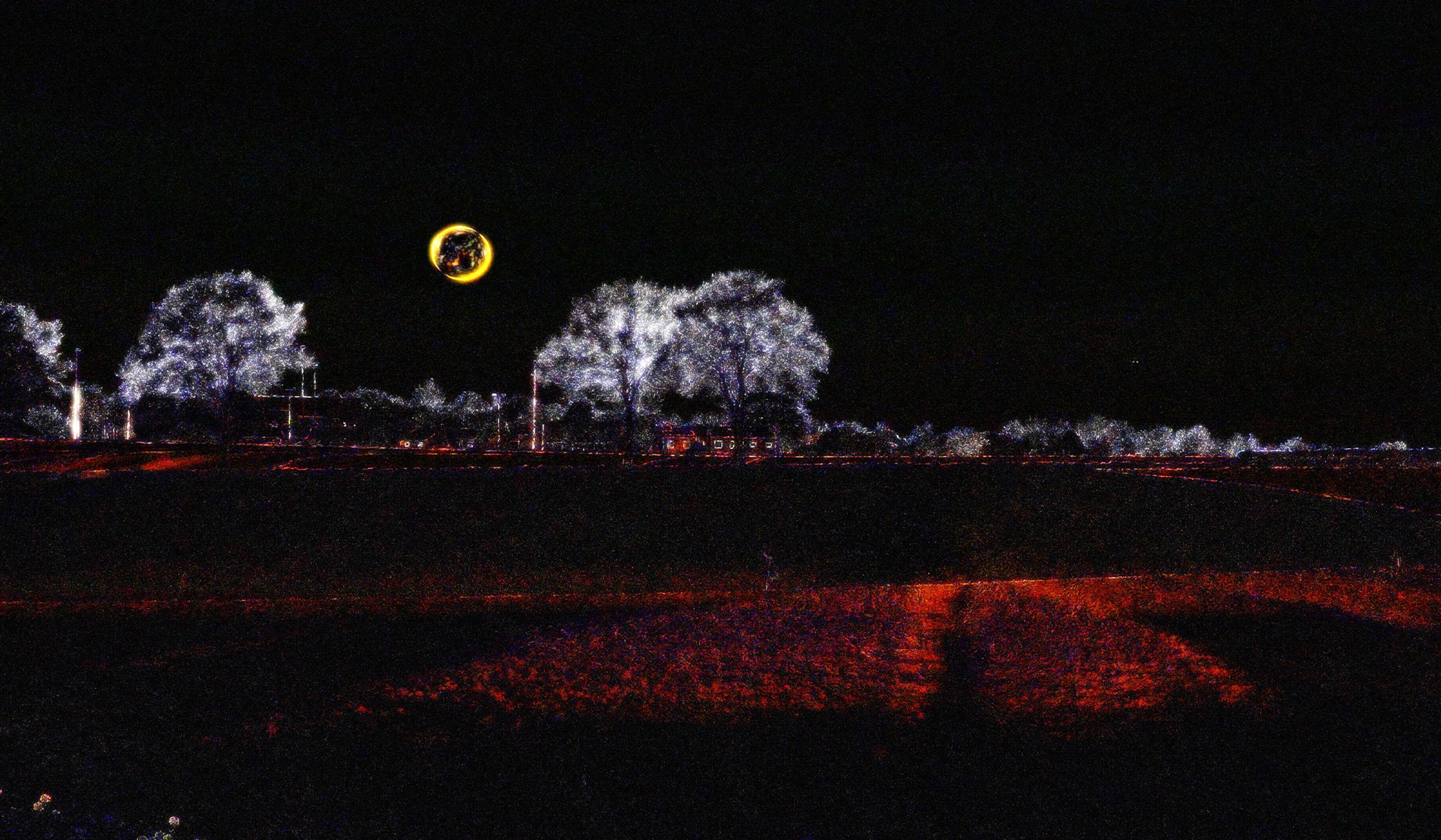
video
Film and visual culture
An augmented-reality filter reveals the hidden movements all around us
7 minutes
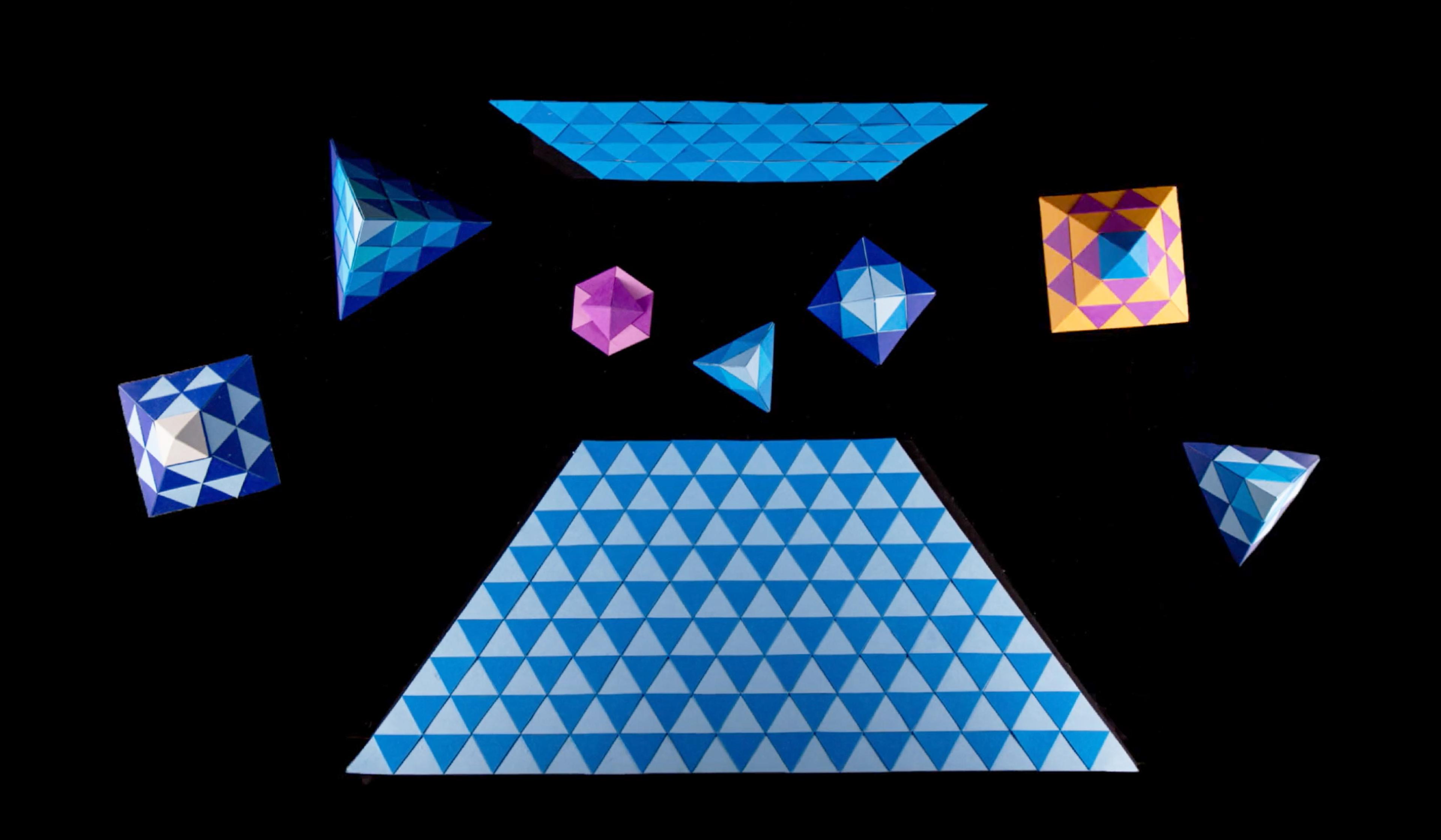
video
Film and visual culture
Stop-motion origami unfurls in a playful exploration of how senses overlap
3 minutes
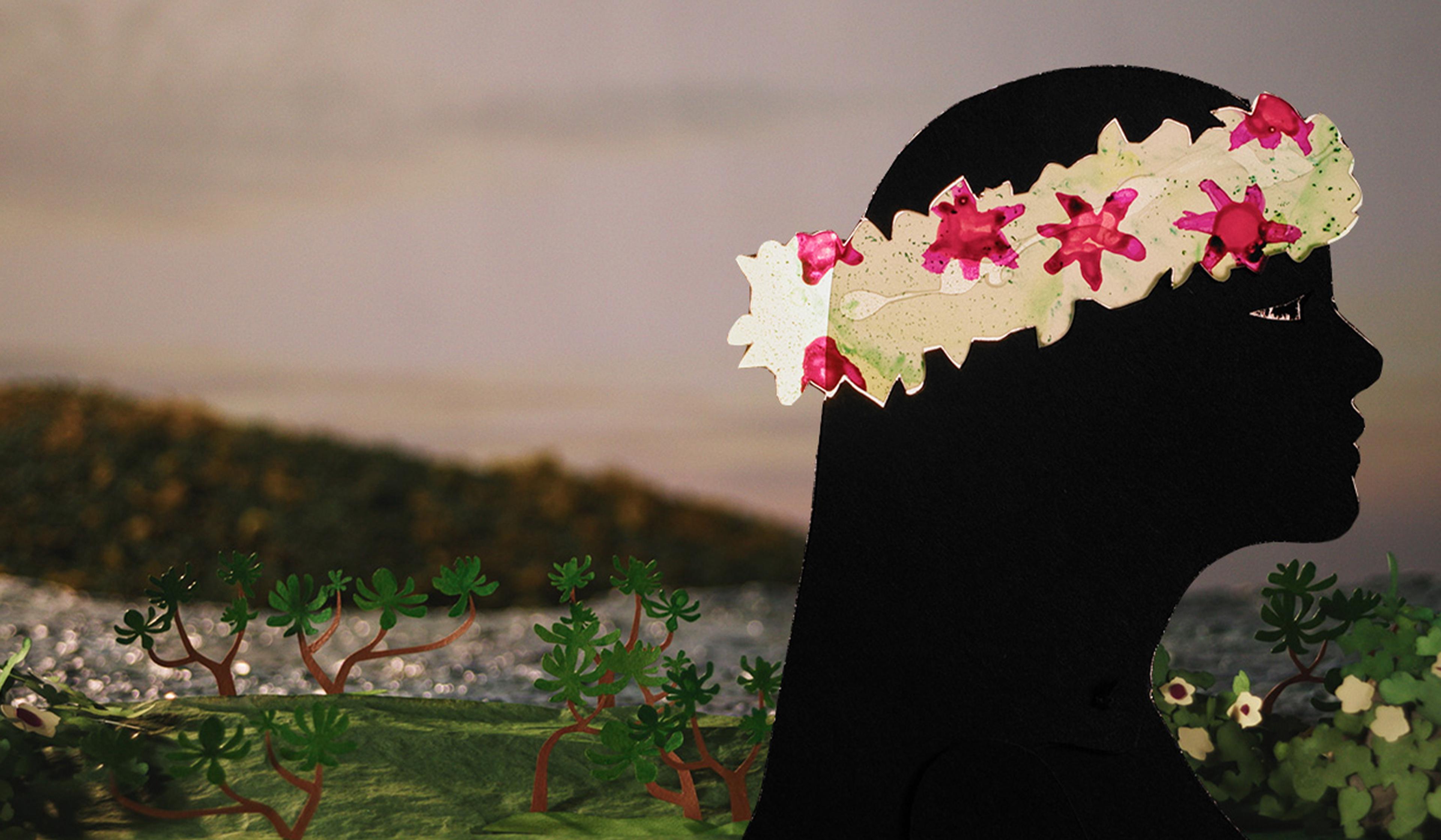
video
Ecology and environmental sciences
The ancient Hawaiian myth that sparked a modern ecological breakthrough
10 minutes

video
Computing and artificial intelligence
A scientist’s poor eyesight helped fuel a revolution in computer ‘vision’
9 minutes

video
Ageing and death
Demystifying death – a palliative care specialist’s practical guide to life’s end
4 minutes